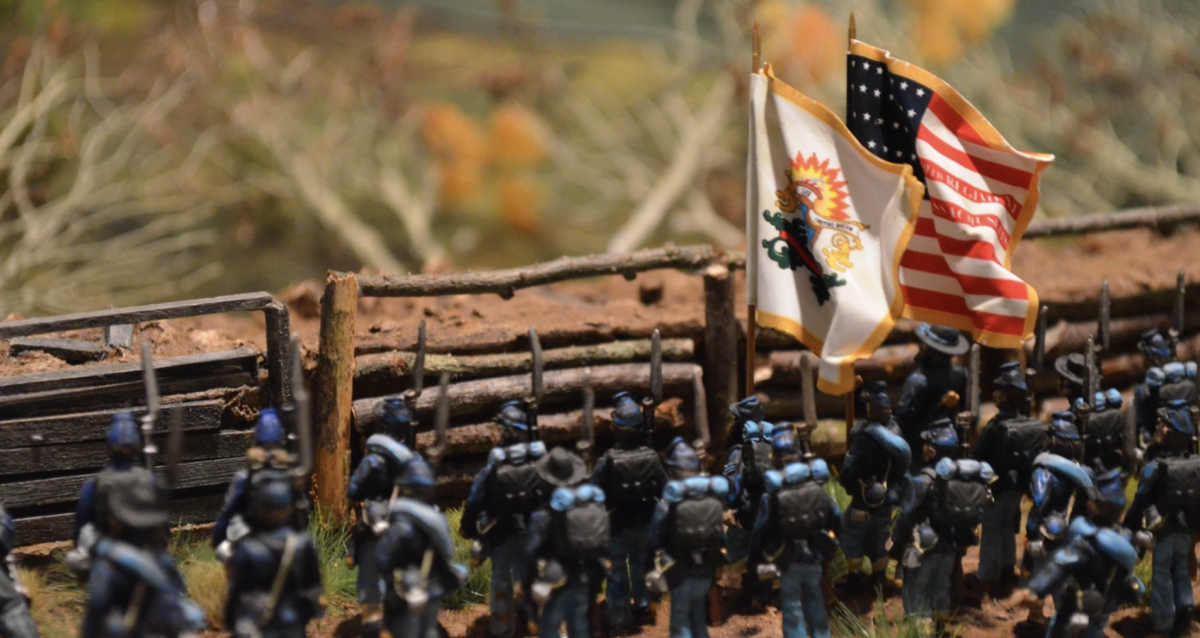Background to the Battle of Franklin (Wikipedia, 12/3/06)
Franklin followed the Battle of Spring Hill of the previous day. The Confederate Army of Tennessee, commanded by Lt. Gen. John Bell Hood, had failed to destroy part of the Union force in Tennessee, allowing the Union Army of the Ohio, commanded by Maj. Gen. John M. Schofield, to escape. Hood had hoped to destroy Schofield before he could link up with the Army of the Cumberland, commanded by Maj. Gen. George Henry Thomas, farther north in Nashville, Tennessee. That combined Union force would be over 60,000 men, almost twice as large as Hood’s army. As the armies met at Franklin, however, Hood had approximately 38,000 men to Schofield’s 32,000.

Rippavilla Plantation in Spring Hill
Schofield’s advance guard arrived in Franklin at about 6:00 a.m., after a forced march north from Spring Hill. Brig. Gen. Jacob Dolson Cox, a division commander temporarily commanding the Union XXIII Corps (and later governor of Ohio), immediately began preparing strong defensive positions around breastworks originally constructed for the First Battle of Franklin in 1863. The defensive line formed approximately a semicircle around the city, from northwest to southeast; the other half of the semicircle was the Harpeth River.
Schofield’s decision to defend at Franklin with his back to a river seems odd. The reason was that he had insufficient pontoon bridges available to cross the river; the bridges had been left behind in his advance to Spring Hill due to lack of wagons to transport them. Now he needed time to repair the permanent bridges spanning the river and calculated that the breastworks were well positioned and adequate to delay Hood’s inevitable assault.
By noon the Union line was ready. Counter-clockwise from the northwest were the divisions of Maj. Gens. Nathan Kimball (from the IV Corps), Thomas H. Ruger (XXIII), and Cox (XXIII). Two brigades of the IV Corps division under Brig. Gen. George D. Wagner were forward, screening the Confederate approach. Brig. Gen. Thomas J. Wood’s division of the IV Corps was posted north of the Harpeth. Schofield planned to withdraw across the river by 6:00 p.m. if Hood had not arrived by then.
